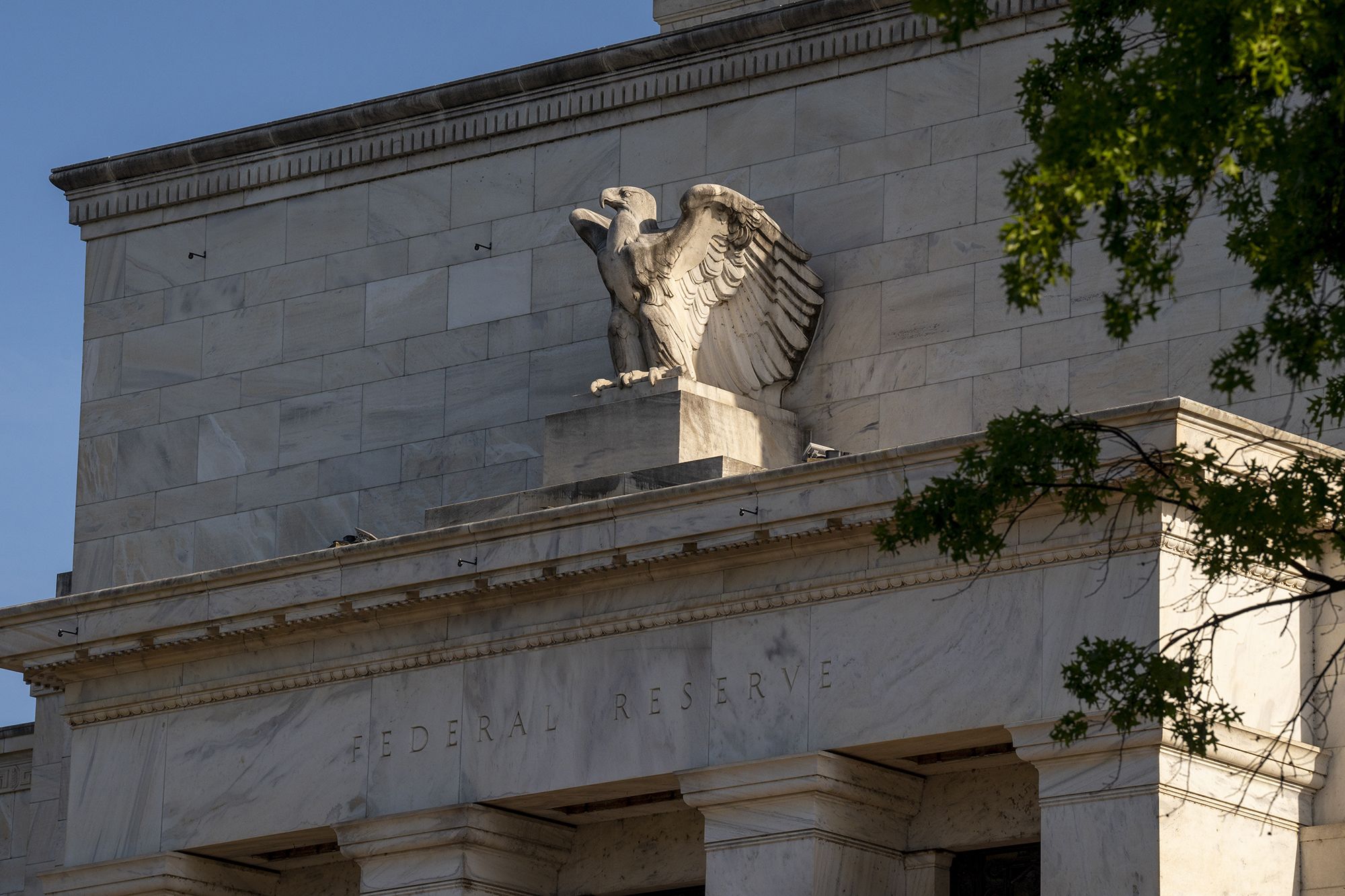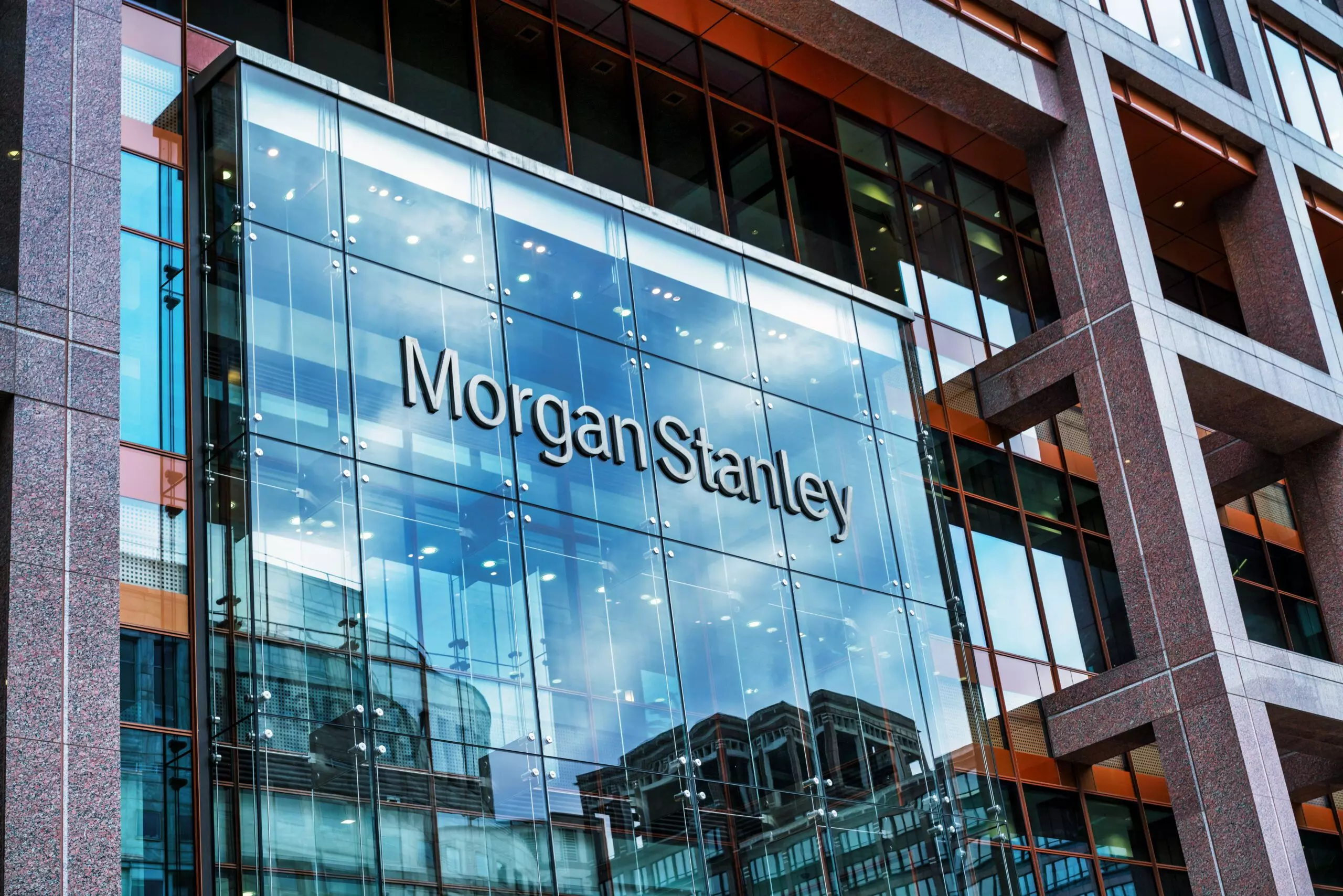The global financial landscape witnessed a significant downturn as stocks and US Treasuries experienced a sharp decline, spurred by the Federal Reserve’s hawkish stance aimed at addressing inflation concerns.
This shift in policy has fueled speculation that the central bank will continue raising interest rates to mitigate the impacts of inflation on the economy.
Among the most impacted in Europe was UK fast-fashion retailer Boohoo Group Plc, which saw a substantial drop of 10% in its stock value following a downward revision of forecasts.
The company adopted a strategy of lowering prices to attract financially struggling shoppers, contributing to the broader dip in the Stoxx 600 index, which retreated by 0.2%, marking a fresh six-month low. On the other hand, US equity futures stabilized amidst the market turbulence.
In the Asian markets, Hong Kong shares experienced a notable decline, particularly the Hang Seng Index, which dropped by as much as 3.4% as trading resumed following a prolonged weekend.
The MSCI Asia Pacific Index has also faced a downward trajectory, nearing a correction with an almost 10% decline from its peak in July. Meanwhile, China continues its week-long holiday, influencing market dynamics.
The weakness observed in bond markets was a consequence of the slump in Treasuries on Monday when the Federal Reserve’s hawkish messaging took precedence over earlier optimism related to avoiding a US government shutdown.
This resulted in a notable jump of about 10 basis points in yields for five- to 30-year Treasuries. The yield on the 10-year note soared to its highest level since 2007.
Mark Haefele, Chief Investment Officer at UBS Global Wealth Management, emphasized the volatility prevailing in both equity and fixed-income markets.
He highlighted the need for investors to navigate through these market conditions, mentioning that a rare moment has emerged where cash, bonds, stocks, and alternatives are all anticipated to deliver reasonable returns in the short term and the long term.
The US dollar demonstrated strength against most of its Group-of-10 peers, with Bloomberg’s dollar index showing a marginal increase.
This strength was particularly noticeable against the yen, reaching a year-to-date high following the Bank of Japan’s announcement of an additional buying operation. Conversely, Australia’s dollar witnessed a dip to its lowest level since November, influenced by bearish sentiment and heightened Treasury yields in the US.
The market upheaval in global bonds gained momentum following the US shutdown reprieve, leading traders to increase their bets on a November interest rate hike by the Federal Reserve, with the likelihood rising to roughly one in three, up from the 25% priced on the previous Friday.
In this evolving economic landscape, investors are tasked with recalibrating their expectations, ushering in an era of increased volatility.
Kyle Rodda, Senior Market Analyst at Capital.com, expressed concerns about the potential second-order impacts of stronger growth and higher rates. Key questions revolve around potential inflation re-acceleration and whether the subsequent rise in yields might disrupt various aspects of the financial system.







